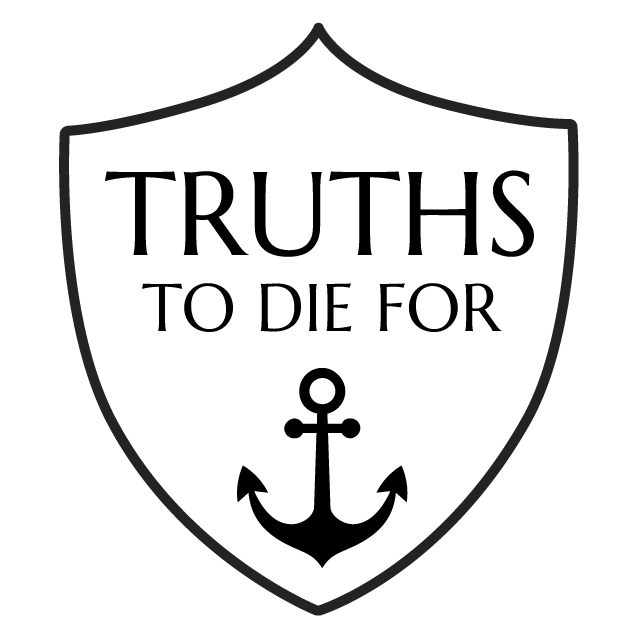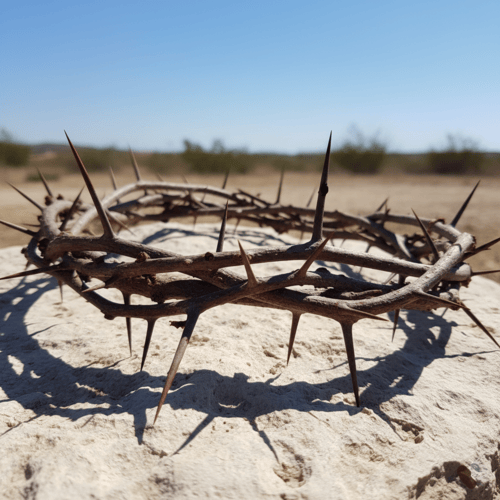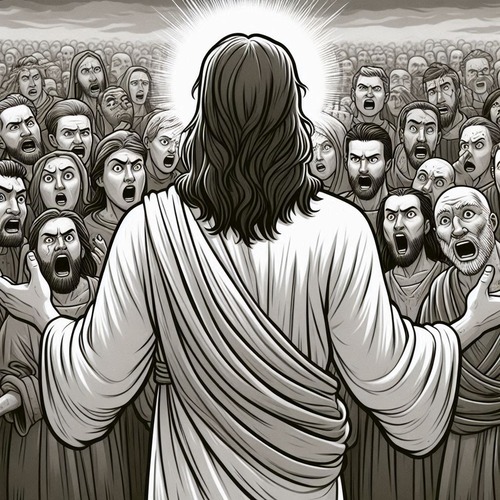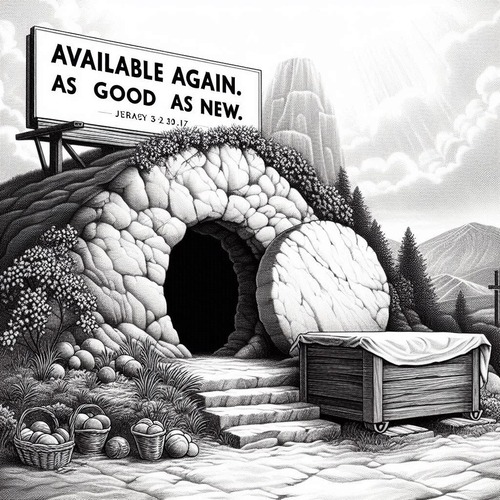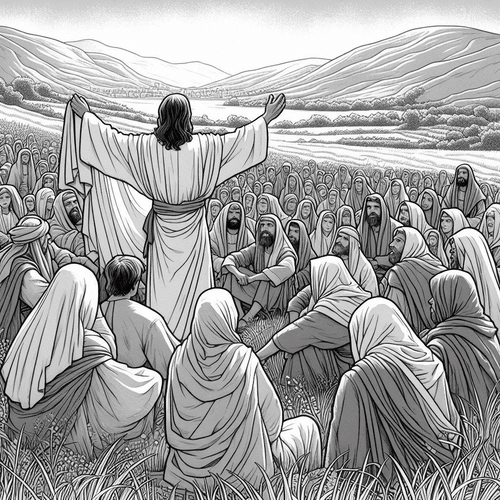Christ’s Crown of Thorns: Its Rich Typological Connections
Roman soldiers pressed a crown of thorns into Jesus’ brow, mocking His claim to be King (Matthew 27:29). What they intended as cruel theatre became something far more profound—a cosmic reversal of humanity’s oldest curse.
The soldiers, no doubt, intended the crown of thorns as mere brutal mockery. But to Christians, it’s the culmination of a storyline woven through Scripture—from Genesis to Revelation—revealing Christ as the true King who conquers by bearing what we deserve.
THE CURSE PROCLAIMED: THORNS IN GENESIS 3
To understand the crown, we must return to the beginning. After Adam and Eve’s rebellion in Eden, God pronounced judgment on creation itself. He told Adam: “Cursed is the ground because of you… thorns and thistles it shall bring forth for you” (Genesis 3:17-18).
Thorns weren’t part of God’s original “very good” creation (Genesis 1:31). They emerged as visible evidence that sin had corrupted everything. Every thorn represented frustrated labour, pain, and the broken relationship between humanity and the world God had entrusted to us. Thorns became the physical reminder that sin brings death, futility, and a creation groaning under judgement (Romans 8:20-22). Wherever thorns appeared in Scripture’s unfolding story, they pointed back to this original curse—the consequence of humanity’s covenant-breaking rebellion.
THORNS THROUGHOUT REDEMPTIVE HISTORY
Throughout Israel’s history, thorns consistently symbolised judgement and obstacles resulting from sin:
- Numbers 33:55: God warned Israel that if they failed to drive out the Canaanites, those enemies would become “thorns in your sides.” Covenant unfaithfulness would bring the pain of thorns—divine discipline for disobedience. The very land they were meant to possess would become hostile because of their failure to trust God fully.
- Judges 8:7, 16: Gideon used literal thorns from the wilderness to discipline rebellious Israelites who refused to help in God’s battle. The thorns became instruments of judgement against God’s own people when they abandoned His purposes.
- Isaiah 34:13 and Hosea 10:8: The prophets painted pictures of judgement using thorns. Edom’s fortresses would be overgrown with thorns as God’s curse fell on that nation. Israel’s idolatrous altars would sprout thorns and thistles, showing false worship brings the curse, not blessing.
The pattern is unmistakable: thorns represent God’s curse on sin, the consequence of breaking covenant with Him, and barriers between humanity and the blessing God intended.
TYPOLOGICAL FORESHADOWING: THE RAM IN THE THICKET
One of Scripture’s most striking foreshadows appears on Mount Moriah. Abraham had raised the knife to sacrifice his son Isaac in obedience to God’s devastating test. At the last moment, God provided a substitute: “Abraham lifted up his eyes and looked, and behold, behind him was a ram, caught in a thicket by his horns” (Genesis 22:13).
The details matter immensely. The ram was caught by thorns. It became the substitute sacrifice for Isaac, dying in the boy’s place. The scene prefigures Christ with remarkable precision—He is the substitute caught in thorns, bearing the curse meant for us. The thorns that held the ram on Moriah point forward to the thorns that would crown the Lamb of God on Calvary.
Centuries later, Isaiah described the coming Servant: “He was pierced for our transgressions, crushed for our iniquities… like a lamb led to the slaughter” (Isaiah 53:5-7). The crown of thorns made this substitution visible and physical. Christ became both the ram caught in thorns and the thicket itself—the substitute who bears the curse.
THE CURSE REVERSED: CHRIST CROWNED WITH THORNS
When Roman soldiers plaited the crown of thorns and pressed it onto Jesus’ head, they thought they were staging political theatre. Matthew, Mark, and John record the moment (Matthew 27:29; Mark 15:17; John 19:2), but they see beyond the mockery to theological fulfillment. Christ literally wore the curse on His head.
Scripture makes the connection explicit: “Christ redeemed us from the curse of the law by becoming a curse for us” (Galatians 3:13). He didn’t merely sympathise with our condition or model endurance. He absorbed the curse itself. The thorns that first appeared because of the first Adam’s sin now pierced the “last Adam” (1 Corinthians 15:45).
But the crown also made a royal declaration:
- The Davidic Throne Fulfilled (2 Samuel 7:12-16): God promised David an eternal kingdom through his offspring. The crown of thorns confirmed Jesus as that promised Messiah, David’s greater Son. Yet His throne came through a path that was least expected—not through military conquest but through humility and sacrifice.
- The Humble King of Zechariah 9:9: The prophet had foretold: “Behold, your king is coming to you… humble and mounted on a donkey.” Jesus rode into Jerusalem on that donkey just days before receiving His crown. The soldiers unwittingly crowned the true King whose kingdom is “not of this world” (John 18:36).
- Kingship Redefined: David’s greater Son didn’t conquer through the sword but through curse-bearing. The crown of thorns became the paradoxical symbol of royal power exercised through suffering love. Every earthly throne has been established by force; Christ’s throne was established by receiving violence, not inflicting it.
THE CURSE TRANSFORMED: ESCHATOLOGICAL HOPE
The crown of thorns guarantees a future without thorns:
“No longer will there be any curse”: John’s vision in Revelation 22:3 shows the final state of redeemed creation. Because Christ wore the curse, the curse itself will be removed. His thorn-crowned head purchased creation’s liberation from the bondage it entered in Genesis 3.
Creation’s Liberation (Romans 8:19-21): Paul teaches that all creation groans in bondage, waiting for redemption. That redemption isn’t just for humans but for the physical world itself. The thorns that mark fallen creation will give way to restoration because the curse-bearer has done His work.
From Thorns to Cypress Trees (Isaiah 55:13): The prophet envisions the great reversal: “Instead of the thorn shall come up the cypress; instead of the brier shall come up the myrtle.” The wilderness becomes a garden again. The curse transforms into beauty. Christ’s crown ensures this future is certain.
Suffering Does Linger, Not Condemnation: We still experience thorns in this age—Paul spoke of his own “thorn in the flesh” (2 Corinthians 12:7). But these thorns no longer carry the curse’s condemnation. They may chasten and refine us, but they cannot condemn us. Christ exhausted the curse’s power at Calvary.
WORSHIP THE KING WHO BORE OUR CURSE
The crown of thorns is at the very centre of redemptive history. It connects Eden’s Fall to Calvary’s victory to Heaven’s restoration in a single, powerful image. Every thorn that pierced Christ’s brow proclaimed the curse of Genesis 3 was being absorbed, that the ram of Genesis 22 had come, that the Davidic King of 2 Samuel 7 was taking His throne, and that the future of Revelation 22 was being secured.
Behold the King who bore our curse. One day we will see those scarred hands and that thorn-pierced brow, and we will know with absolute certainty that our curse died with Him. We shall see the crown of thorns has become a crown of glory, and the King who wore thorns now wears many crowns (Revelation 19:12). Until that day, we trust in this completed work.
CHRIST’S CROWN OF THORNS: RELATED FAQs
What kind of thorns were used in Jesus’ crown? While Scripture doesn’t specify the exact plant, scholars believe the soldiers likely used branches from the Thorn Jujube (Ziziphus spina-christi) or the Syrian Christ Thorn, both common around Jerusalem with long, sharp thorns suitable for weaving. However, the theological significance matters far more than the botanical details—any thorns from cursed ground fulfilled the symbolism perfectly. The specific species is less important than what all thorns represented: the curse of Genesis 3 that Christ came to bear.
- Did the crown of thorns fulfil a specific Old Testament prophecy? No single prophecy explicitly predicts a “crown of thorns,” but Reformed theologians see it as fulfilling the pattern of prophecies about the Messiah’s suffering. Isaiah 53 describes the Servant being “despised and rejected,” “wounded for our transgressions,” and bearing our sorrows—the crown visualises this substitutionary suffering. Rather than direct prophecy, it’s typological fulfillment: the crown brings together multiple Old Testament themes (curse, sacrifice, kingship) in one powerful image that reveals who Jesus is and what He came to do.
- What have major Reformed scholars said about the crown of thorns? John Calvin emphasised the crown demonstrated Christ’s priestly role, bearing shame in our place so we might be crowned with glory. Matthew Henry wrote that the thorns represented “the sentence of the law” that Christ bore for sinners, turning our crown of thorns into His own crown of righteousness for us. Charles Spurgeon preached powerfully that every thorn was a sermon about sin’s curse and grace’s triumph—Christ wore the emblem of our curse so we might wear the emblems of His glory. These scholars consistently saw the crown as visual theology: God’s justice satisfied and mercy displayed in one moment.
Why did the soldiers choose thorns specifically for mockery? The soldiers were likely improvising with readily available materials to create a mock royal crown, not thinking theologically at all. Thorny branches were common around Jerusalem, easily twisted into a circular shape, and painful—perfect for their cruel theatre. Yet God’s providence worked through their mockery: they unknowingly chose the exact symbol that connected Jesus to Adam’s curse, the ram caught in the thicket, and the Davidic king who conquers through suffering. What humans intended for evil, God orchestrated for redemptive purposes.
- Was the crown of thorns removed before the crucifixion? Scripture doesn’t explicitly tell us, but most scholars believe the crown remained on Jesus’ head throughout the crucifixion and even at His death. The Gospels mention the purple robe being removed (Matthew 27:31), but they don’t mention removing the crown, suggesting it stayed. This makes theological sense: Christ needed to bear the full curse from the moment of condemnation through death itself. The crown completing His suffering on the cross creates the most powerful symbolism—cursed from head to toe, literally crowned with our judgment.
- How does the crown of thorns relate to Christ’s other wounds? Each wound tells part of the redemption story, but the crown is unique because it’s placed on His head—the seat of His kingship and identity. His pierced hands and feet show He was immobilized and suffered for our actions (hands) and wanderings (feet). The spear in His side proved He truly died and echoes Eve being taken from Adam’s side—Christ’s bride, the Church, comes from His wounded side. But the crown declares *who* this suffering one is: the King bearing royal responsibility for His subjects, the second Adam reversing the first Adam’s curse at its source—the head that chose rebellion now belongs to the One choosing obedience unto death.
What about relics that are claimed to be the original crown of thorns? Notre-Dame Cathedral in Paris has housed what’s venerated as the crown of thorns since 1238, though it appears as a woven circle of rushes without thorns (individual thorns were distributed to churches across Europe in medieval times). However, Reformed theology doesn’t place spiritual value on relics, and there’s no way to verify authenticity after 2,000 years. What matters isn’t preserving the physical object but understanding its theological meaning: Christ wore real thorns from a real curse to accomplish real redemption. We honor the crown not by venerating a relic but by trusting in the finished work it represents.
CHRIST’S CROWN OF THORNS: OUR RELATED POSTS
Editor's Pick
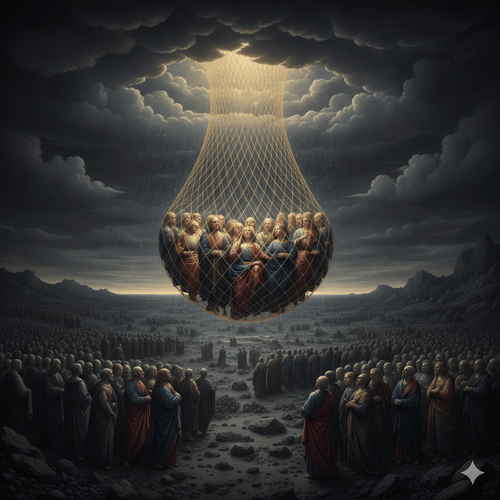
Why Do People Hate the Doctrine of Election?
…WHEN THEY REALLY SHOULDN’T Few Bible doctrines provoke stronger reactions than election. The idea that God chose some for salvation [...]
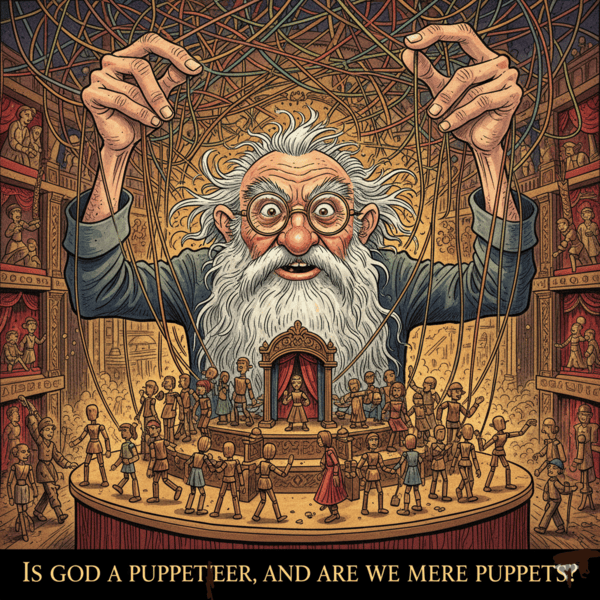
The Doctrine of Providence: Does God Really Govern All Things?
You’re sitting in the doctor’s office when the diagnosis lands like a thunderclap. Your mind races: Why this? Why now? [...]
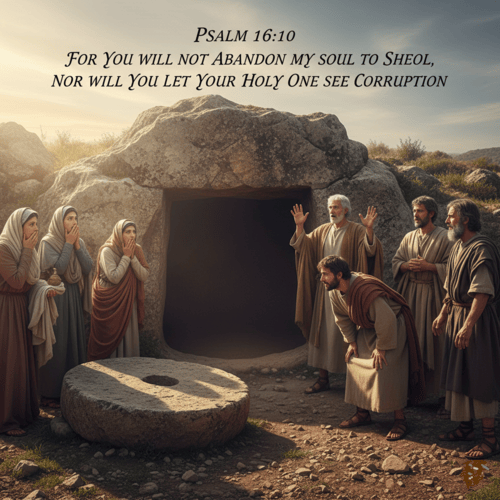
No Decay, No Defeat: What It Means That Christ’s Body Saw No Corruption
On the Day of Pentecost, Peter stood before thousands and made a startling claim: David's body decayed in the tomb, [...]
SUPPORT US:
Feel the Holy Spirit's gentle nudge to partner with us?
Donate Online:
Account Name: TRUTHS TO DIE FOR FOUNDATION
Account Number: 10243565459
Bank IFSC: IDFB0043391
Bank Name: IDFC FIRST BANK

